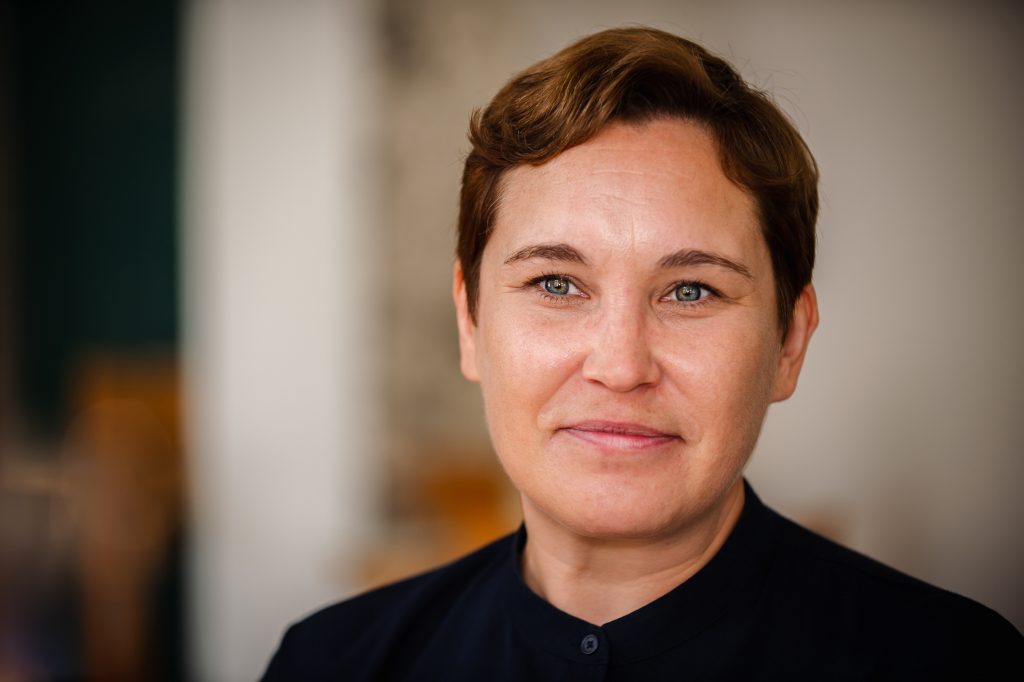
Outi Tuomainen is a Professor in Developmental Language Disorders at the Department of Linguistics at University of Potsdam. Previously, she was a Senior Research Fellow at the Speech Hearing and Phonetic Sciences at University College London. Her research focuses on speech perception and production across the lifespan in various clinical and non-clinical populations. More specifically, she is interested in how we achieve successful communication especially in different challenging environments, such as in background noise, and how this is achieved across different individuals (children, older adults, individuals with hearing loss or developmental language disorder). One of her goals is to develop reliable methods to investigate naturalistic speech communication (that integrates both perception and production) in controlled laboratory settings.
For more information on her research, please see: https://www.uni-potsdam.de/en/ling/researchgroups/developmental-language-disorders
Interactive speech communication in background noise across the lifespan
In this talk, I will give an overview of our recent project that investigated the impact of different types of background noise on speech communication in individuals aged 8 to 80 years. The degree to which communication with others is successful is often affected by the presence of noise in the environment, but the impact of background noise appears to be greater for certain listener groups such as children and older adults or individuals with hearing impairments (e.g., Gordon-Salant, 2005; Matty et al., 2012). Part of this adverse effect is due to physical masking by interfering sounds on the speech which needs to be understood; however, if the disrupting sound is meaningful speech, this can also cause further difficulty. Previous work suggests that background speech causes relatively more disruption for children and older adults than for young adults (e.g. Schoof and Rosen, 2014 for older adults) but these findings are based on laboratory tests that often measure purely perception, and, thus, can be far from realistic communication. In this study, we recorded 114 individuals aged 8-80 years while they carried out the diapix task using the DiapixUK picture sets (Baker and Hazan, 2011) in conditions varying in the background speech and background non-speech noise present. We also added a secondary task (pressing a bell when hearing a dog barking but suppressing when hearing a car horn honking) to make the communicative situation more cognitively demanding, thus reflecting real-life multitasking settings. In this talk, I will present some results from our analyses of the complete data set that include measurements of listening effort, vocal effort, communicative efficiency and distractibility across the lifespan.
